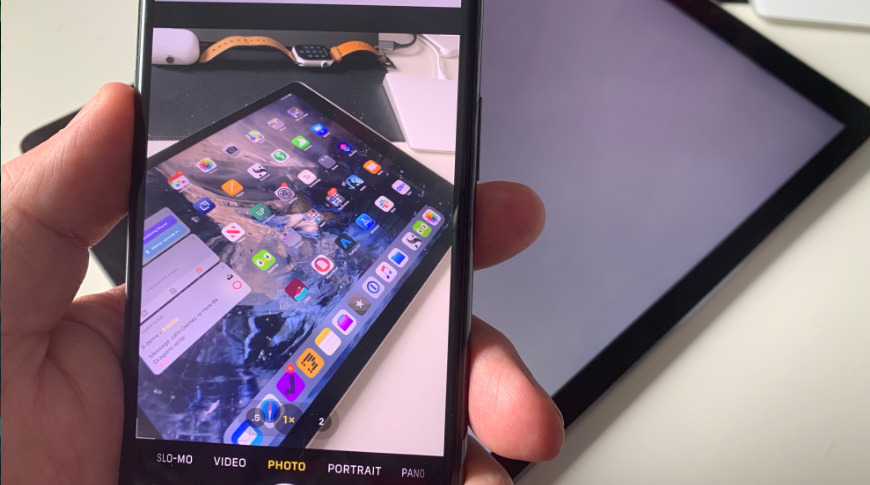
Apple iPhones and iPads could provide a privacy screen that, through Augmented Reality, allows only the ‘Apple Glass’ user to view information on their screens.
Apple repeatedly says that privacy is not an add-on, it is built in from the start, and it seems to be proving that with research on the upcoming “Apple Glass.” New proposals show Apple exploring how to leverage Apple AR to create more effective ways to protect privacy.
The “Privacy Screen”, a new patent application, proposes a way that limits what anyone, except the owner of the device, actually sees. It is specifically intended to eliminate the need for polarized screen covers that reduce the viewing angle.
“[These] Traditional privacy screens dim some of the light in the direction perpendicular to the screen, reducing the brightness perceived by the user, “says the app.” To compensate, a user can remove the privacy screen when privacy is not a concern, in which case the user has to store, transport and reinstall the privacy screen. ”
The app complains that these displays sometimes cause the device to increase brightness to compensate, and that reduces battery life. Above all, a screen can make it hard to see, noticeably affects battery life, and still doesn’t prevent everyone from seeing it.
Apple’s proposal eliminates a screen that is placed on an iPad or iPhone and instead takes advantage of AR and “Apple Glass”. While there are different approaches outlined in the application, the main one is a method of using the information presented on the glasses.
If you use Apple Glass and look at the screen of your iPad, AR will make it appear as if there was a normal screen on that device. For anyone around you or even behind you, the iPad can be completely blank.
That doesn’t immediately sound practical. It’s smart that AR can assign a screen to the iPad screen when you’re looking at it. But it seems more sensible to put that data on the “Apple Glass” screen.
However, this proposed system would do more. In addition to passively displaying information to read, the AR system would make it appear that the controls were on the iPad screen. The iPad could register the user by touching those controls.
The result is that to anyone around you, it seems like you’re randomly tapping a blank screen. But for you, it is exactly as if you were using a normal iPad or iPhone.

Patent detail showing (left) a “blank” screen and (right) what the Apple Glass user could see
In addition to relying on the iPad, or a similar screen, to record touches, the application analyzes how a couple of devices can determine their relative position. In this case, the privacy aspect could be that when you pick up your Apple Watch, it recognizes that you are not looking at your iPhone.
You could route the required information to the watch face and leave the phone screen blank.
.